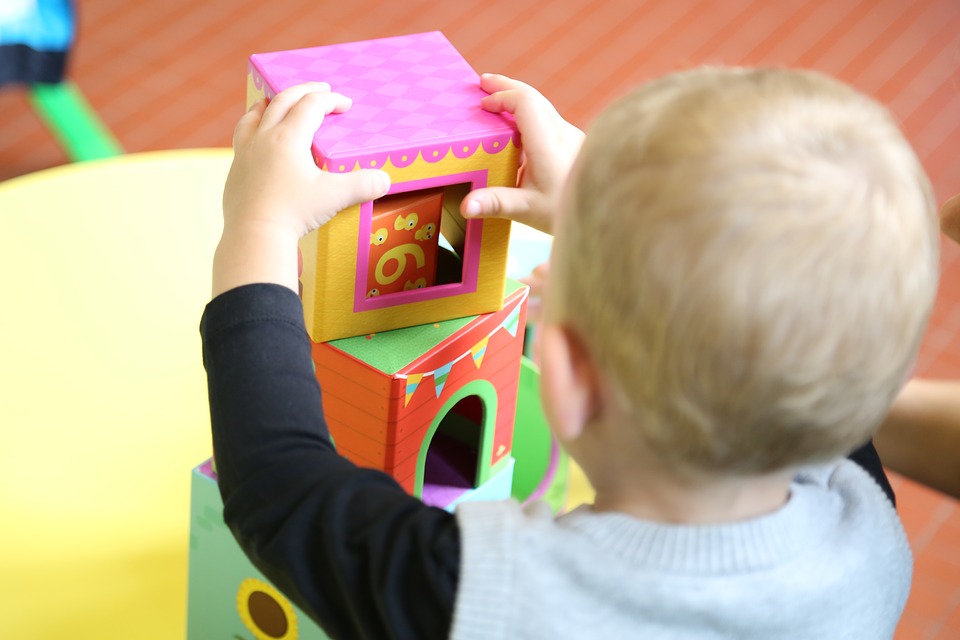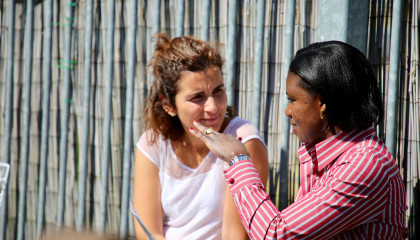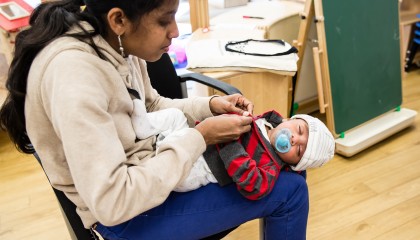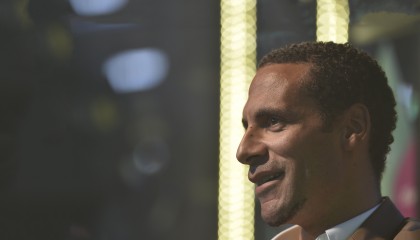You are here: Looking back at 21 years of the childcare survey
James Hempsall OBE
21 years is supposed to be the time of a coming of age. When we mature and become adults, when we transition, or complete a rite of passage. It is a time when we are thought to have greater autonomy and status and power perhaps. And in many ways early years and childcare has come of age, in others it has not – yet.
Thinking back to those times, 21 years ago, is relatively easy. It was around the time I set up Hempsall’s. The sector had very much been a Cinderella service, often ignored, unrecognised and wildly misunderstood and underappreciated. Funding was almost non-existent.
It was an exciting period with lots of ambition, a huge national strategy, and a whole lot of partnership work and energy required to deliver it. There were goals for increasing the supply of provision, there was huge movement in agreeing national standards for the sector towards a move for national inspection, and there were funded models of early intervention like Sure Start local programmes.
All the things we had been saying and lobbying for during the previous 10 years had been listened to, and were reflected in government strategy, policy, plans, and rhetoric. And so they should, because it was all born out of practical, real, on-the-ground, and informed experience and views developed during the delivery of services for all children and families.
There is no doubt, that between then and now, the workload has not diminished, neither has the amount of effort we have all applied to effect the changes needed to make the impacts and differences our children and families deserve. The challenges have changed (but not reduced), policy and strategy has ebbed and flowed following political rhythms, and need and demand has evolved, whilst supply has followed suit as best it can.
Throughout this time, the annual costs survey has served as a barometer of the sector’s position and status, reminding everyone of the many truths of providing childcare services, and the realities of paying for them. It has tracked the patterns, trends and increases as childcare use continues to be a significantly important enabler of children’s learning and development, early identification and intervention, and families’ social and economic choices and opportunities.
It continues to tell us that the offers and entitlements in childcare are a complex field of information, funding arrangements, and challenges in terms of quality, affordability, and accessibility. Three words that were the foundation stones of all that lobbying and national strategy back in the day.
On those measures, quality has improved significantly, but there is an unequal picture. Quality, as judged by Ofsted, is found to be lower in least advantaged communities, higher in others. Our workforce retains the unenviable conditions of low pay and low recognition, unequal to relative roles within statutory education. This must be something we address in the next few years. Children should be given an equal right to childcare that removes attainment gaps, and eliminates social mobility limits.
Affordability is clearly still a challenge. The whole issue has been mired within an unnavigable labyrinth of policy, funding, eligibility criteria, and application processes and procedures. This is more than unfortunate. It is an unforgiveable dereliction of duty that is tone deaf to the needs and experiences of our most disadvantaged families. Things must become simpler, more equal, and easier to afford in the future. This may include childcare becoming as free to use as school is intended to be.
Quality and affordability are both vital factors in offering and measuring accessibility. But the issue is wider than that. Truly accessible childcare is open and useable to all children, including those with SEND, to all cultural communities, in all geographical areas and locations, at times and in ways that meet the needs of children and families.
Change has been such an enormous part of the past two decades. This is likely to continue as policy-makers have come to realise the many positive outcomes attributed to good quality early years services for children and their families. No longer do we need to hammer home the arguments about early identification of need, early intervention, school readiness, children’s brain and physical development, and the impacts on employment and family opportunities.
Politicians also know how popular such entitlements are with parents. But we cannot simply measure our success or value by how many billions are spent – that simply misses the point. It is outcomes that matter, alongside the resilience of providers and practitioners, and positioning of childcare amongst other services. And whilst we haven’t completely shaken off the Cinderella image, we aren’t exactly married to the prince and living in the palace quite yet either (please forgive me for that analogy).
If we were to invent early years and childcare now from scratch, would it look like it does today? I guess not. The 20 years has been a journey with high levels of incremental change sometimes at large scale, sometimes small. Often the change has been heavily influenced by entrenched models of delivery and the play-offs between childcare, early years learning, universal and targeted objectives, and children’s and parents’ needs. If it was up to me, I would commission a really good literature review of all recent reviews and take the best from them and complete a root-and-branch examination of all things early years and childcare for the parts they don’t reach.
The passion and commitment in this sector is high, as is the willingness to get things right. And so next, I would start a year-long debate and discussion so a new 20-year plan can be coproduced. The following year could include testing pilots as new policy emerges. The plan though must address all the inequalities and anachronisms. But that can only be achieved with a generation-long, high value investment to finally establish the sector and shake off its poor-relation image and create true equality. In it, I would want to see ways in which we achieve level playing fields within the sector, so all parts of it have parity, respect and the ability to deliver differentiated services tailored to families’ needs.
The workforce would need to be equal with other parts of the education system, properly resourced, and qualified early years practitioners should be no different to qualified teachers. With the changes in the pre-school playgroup sector, the traditional routes for parents entering the sector as volunteers and then staff are hugely diminished. We cannot rely upon the FE sector alone to generate the future workforce.
Funding should invest in quality at all points and be linked to operational costs fairly across the diverse structure of the sector from individual childminders through to large chains across the whole country. Systems need to be robust to ensure quality and accountability (including from the childcare costs survey) but must not act as a deterrent for parents and children in accessing their entitlements or much needed financial support, nor a barrier for the workforce to enter, succeed and remain in the sector.
That way, we will be much closer to the rewards we all want and need from supporting our youngest and most vulnerable children, and their families. Because childcare really does changes lives.

More from our blog
Sign up to our newsletter
Get the latest news, research and resources from Coram Family and Childcare


































































































































































































